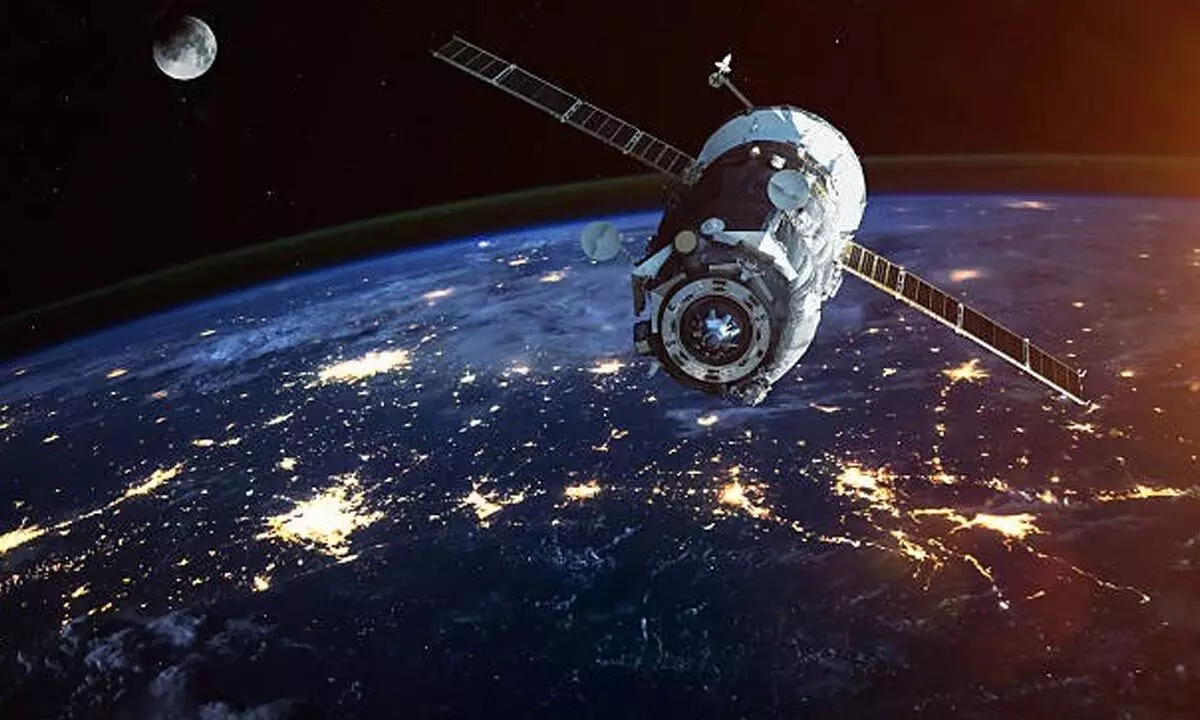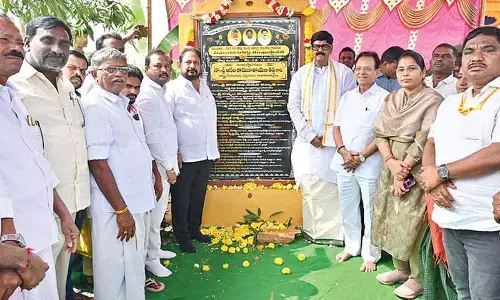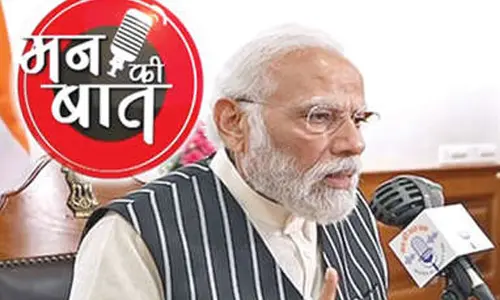Pvt space sector scaling new heights

In 2012, India had just one registered startup in the space sector -- Dhruva Space from Hyderabad. The country now has close to 200 space startups.
New Delhi: In 2012, India had just one registered startup in the space sector -- Dhruva Space from Hyderabad. The country now has close to 200 space startups.
This exponential growth in the space sector is due to the government’s transformative policies under the leadership of Prime Minister, Narendra Modi. India’s quantum leap in the space sector became possible after PM Modi took the courageous decision to “unlock” this sector from the “veil of secrecy.”
India’s private space sector saw tremendous growth in the last decade and catapulted the country into the league of elite spacefaring nations, with the potential to become a $100 billion market in the years to come. From building launch vehicles or rockets to designing advanced satellites these startups also cater to working on space situational awareness (SSA) solutions to constructing applications based on space technology, among others.
The growth came on the back of nearly $233 million in funding raised by space tech startups across more than 30 deals in the last 9-10 years. Notably, private space startups invested more than Rs 1,000 crore between April-December 2023.
Some of the prominent ones are Pixxel, Skyroot Aerospace, Agnikul Cosmos, and Astrome Technologies, among others. The government’s push to open the sector to Public-Private Partnership in 2020, with the ‘India Space Policy 2023’, and the launch of the Indian National Space Promotion and Authorisation Centre (IN-SPACe) -- the regulator for private sector players -- have played a key role in the expansion of India’s private space sector, along with the rise of new satellite technologies, services as well as applications.
The recent approval to 100 per cent Foreign Direct Investment (FDI) in satellite establishment and operations is further expected to be a boon for the industry. The new FDI norms are expected to bring in fresh foreign investments of up to $25 billion over the next decade and result in a wave of collaborations between Indian and foreign companies, according to industry experts. Besides, the budget allocation for the sector has seen an over 140 per cent hike in the last nine years.
Recently, PM Modi promised that India would have its own space station by 2035 that will study “unknown expanses of space.” “In this period of Amrit Kaal, Indian astronauts will land on the surface of the Moon on our own rocket,” he added. “In the last 10 years, we have launched 400 satellites. However, before these 10 years only 33 satellites were launched. Now, India has more than 200 startups working in the space sector,” he said.
India’s space economy stands at a modest $8 billion, but the government is targeting a five-fold increase in the country’s share of the global space economy. “Our own projection is that by 2040, India’s space economy will multiply manifold. But more interesting is that according to some international observers, for example, the recent Arthur D Little Report mentions that we could have the potential of $100 billion by 2040,” Union Minister of State (Independent Charge) for Science & Technology, Jitendra Singh, said last month. “Prime Minister Modi has broken taboos of the past by opening the space sector to public-private participation,” he added.
With Chandrayaan-3 scripting history by becoming the first to land on the South Pole of the Moon, the Indian space sector made a successful mark globally.
India also became the fourth nation after the erstwhile USSR (now Russia), the US, and
China to make a soft landing on the Moon. What makes India stand out from other spacefaring nations is the use of the low-cost “frugal engineering technology”, said Dr Subba Rao Pavuluri, Founder and CMD of Ananth Technologies (ATL) India.
PM Modi, on a visit to ISRO’s Vikram Sarabhai Space Station in February, announced the names of four astronauts who have been chosen for India’s historic Gaganyaan Mission.
The selected astronauts are currently going through intense training for the country’s first human space flight mission, slated for 2025. By 2035, ISRO plans to set up its own ‘Bharatiya Antariksha Station’ and has also prepared a timeline to send the first Indian to the Moon by 2040. The International Astronomical Union (IAU) recently approved the Chandrayaan-3 landing site name ‘Shiva Shakti’.
The approval came on March 19 after Prime Minister Narendra Modi’s announcement following the success of the mission on August 26, 2023. “IAU working group for Planetary System Nomenclature has approved the name station ‘Shiv Shakti’ for the landing site of Chandrayaan-3’s Vikram lander,” the Gazetteer of Planetary Nomenclature, which provides detailed information about planetary names by IAU said.













